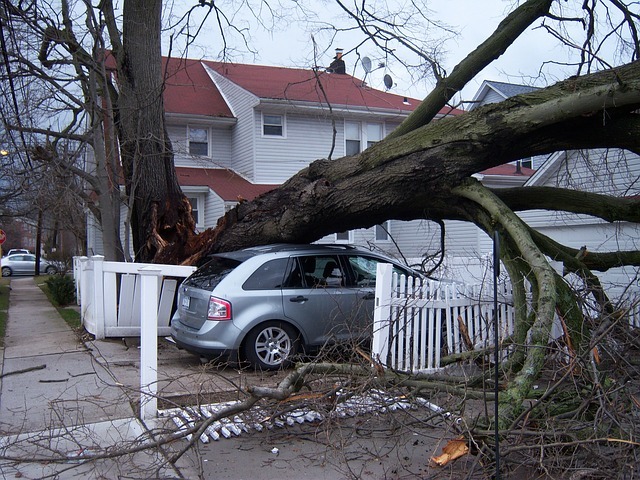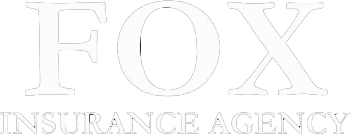
Standard homeowners insurance covers different kinds of tree disasters.
If a tree hits your home or other insured structure, such as a detached garage, your standard homeowners insurance policy covers the damage to the structure, as well as any damage to the contents.
This is true for trees felled by wind, lightning or hail.
You are insured no matter who owns the tree
If a tree lands on your home, you can file a claim with your insurance company.
After a hurricane or windstorm, trees, shrubs and branches can become projectiles capable of traveling significant distances and of causing considerable damage to property. In most cases, an insurance company is not going to spend time trying to figure out where a tree or branches originally came from.
In some situations where the felled tree was located on a neighbor’s property, your insurance company may try to collect from the neighbor’s insurance company in a process called subrogation. If this happens and your insurer is successful, you may be reimbursed for your deductible.
To minimize damage from your own trees, it's important to maintain their health and properly prepare them for winter weather and storms—remember that poor maintenance is not covered by homeowners insurance.
You may be covered for tree removal
If a tree hits an insured structure, a homeowners policy covers the cost of removing the tree, generally up to about $500 to $1,000, depending on the insurer and the type of policy purchased.
If the fallen tree did not hit an insured structure, there is generally no coverage for debris removal. However, some insurance companies may pay for the cost of removing the felled tree if it is blocking a driveway or a ramp designed to assist the handicapped.
Your damaged trees and shrubs are covered… up to a point
Stately trees and landscaping add value to a property and can be costly to replace. Standard homeowners insurance policies cover damage to trees and shrubs due to disasters or an accident—like fire, lightning, explosion, theft, aircraft, vehicles not owned by the resident, vandalism and malicious mischief.
Coverage for these disasters is generally limited to 5 percent of the amount of insurance on the structure of the house and most insurers will cap the coverage for any one tree, shrub or plant.
Trees and plants grown for commercial purposes (for example, shrubs that are to be sold) require a separate business insurance policy.
The information in this article was obtained from Insurance Information Institute and is not all inclusive regarding the subject matter. This content is offered for educational purposes only and does not represent contractual agreements, nor is it intended to replace manuals or instructions provided by the manufacturer or the advice of a qualified professional. The definitions, terms and coverage in a given policy may be different than those suggested here and such policy will be governed by the language contained therein. No warranty or appropriateness for a specific purpose is expressed or implied.
Source: Insurance Information Institute www.iii.org https://www.iii.org/article/if...

